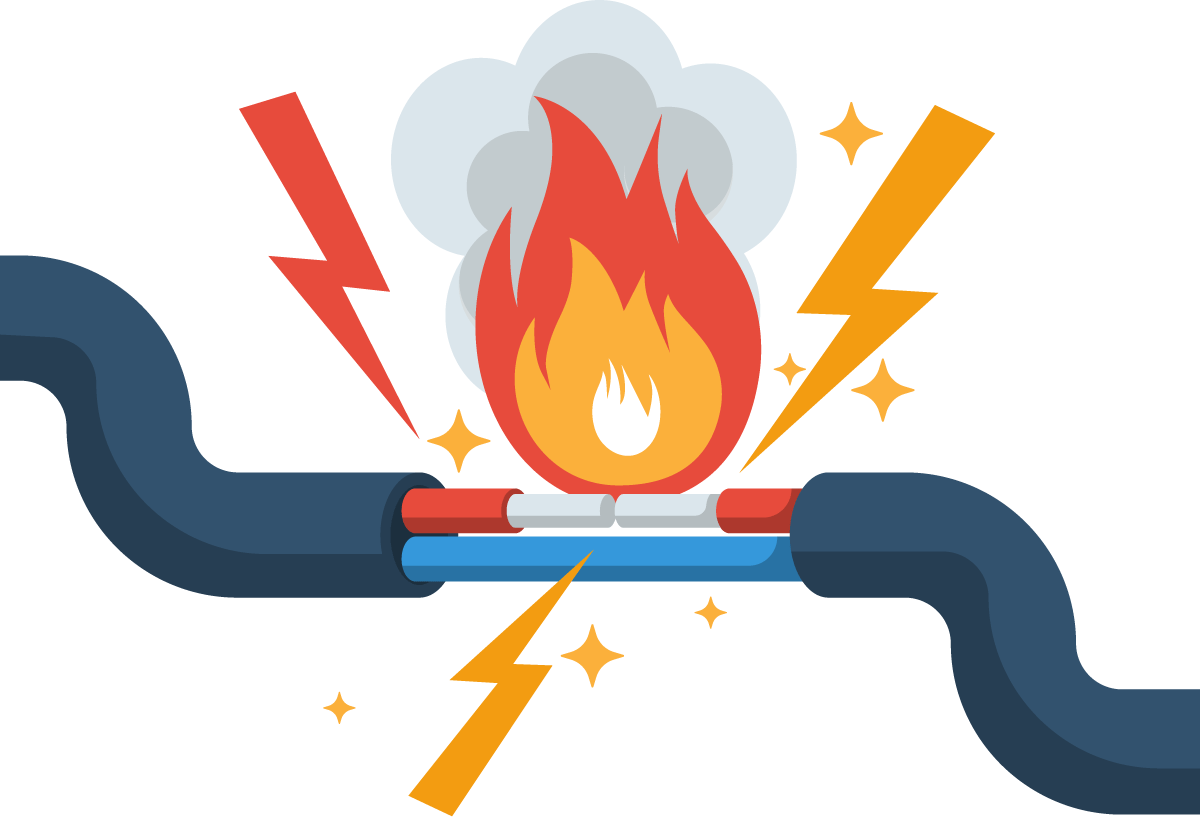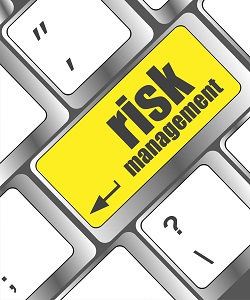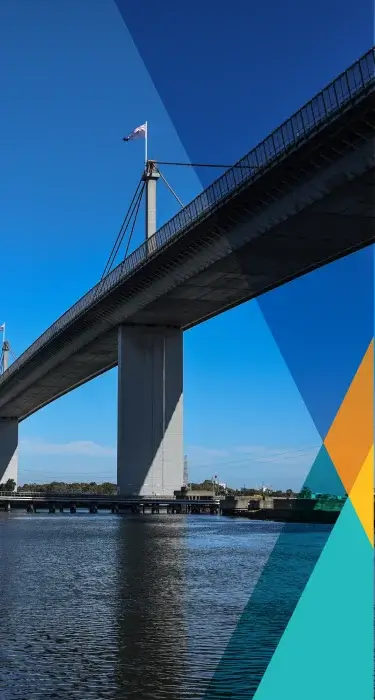Category: Uncategorized
Swipe card process when working on the West Gate Bridge site
Emergency Evacuation Process
Red Tag Cards are used to account for all personnel on-site during an emergency evacuation. These are distinct from the white Access ID Cards.
- All individuals with an Access ID Card must swipe at the compound gates when entering and exiting the site.
- All personnel must tag onto the designated ‘tag on boards’ upon arrival.
- The white Access ID Card must be worn at all times while on site.
- Remove your tags when leaving the site or at the end of your shift.
Be careful when walking on uneven or sloping ground
When work or visits are being conducted on/near the West or East abutment locations of the bridge; care is to be taken while walking up or down embankment inclines.
Consideration to the following points must be followed:
- The preferred option to be taken is the most stable ground path
- The speed during decline must be slow
- The placement of footing is to be made in areas that are visible
The Steel Bridge is coated with lead paint on the inside which is extremely dangerous
You MUST:
- Follow the Lead Decontamination Process
- Change into clean overalls (supplied) in the change room
- Remove contaminated overalls in the change room only (at meal breaks and at the end of shift)
- Wash face and hands before each break
- No eating inside the bridge
- No smoking except in designated areas
- Drink containers must be discarded after each single drink (recapping and reuse not allowed)
- Blood tests as required to check lead levels
- Any workers working inside the steel section must identify mitigation in SWMS risk assessment
- Ensure all electrical equipment and cables have been inspected, tested and tagged prior to use
- Cables are to be elevated off the deck and steel works using cable stands and insulated hooks
- Extension cables are to be no longer than 30m
- Extension cables are not to be piggy backed
- All electrical equipment must be run through an RCD (Residual Current Device)
- Damaged or faulty equipment must be tagged out of service immediately

Fall protection must be provided in any situation where there is a risk of injury due to a fall
Types of fall protection:
- Elevated work platforms
- Scaffolding
- Harnesses with fall restraint / arrest lanyards
- Platform ladders
Ladder Note:
- Ladders are to be used for access and egress only
- 3 points of contact at all times
- Must extend 1 metre beyond landing
- Tied off
- 1 in 4 ratios = 4m height = 1 metre out footing
Driver Requirements:
- Drivers must hold a current driver’s licence or heavy vehicle licence (as applicable), and these documents must be carried at all times.
- Seat belts must be worn while driving.
- Drivers must obey the posted speed limits, including a 5 kph limit within the compound.
Vehicle Requirements:
- All vehicles must have functional flashing beacon lights.
- Vehicles must be roadworthy.
- Vehicles without a clearly visible parent company logo must display magnetic identification signs, available from the West Gate Bridge Security Control Room.
Working in the West Gate Bridge median:
- It’s a safety requirement that all person/s working on the bridge deck, above the steel section must walk within the painted lines of the median to avoid risk with the live traffic on the bridge in the fast lanes
- The lines indicate the maximum deflection of the steel barrier in the event that it was hit by a vehicle. By staying within these lines you are protected from serious injury
- No work to be conducted outside the median without lane closures in place
- Any other works will require lane closures
- Guidelines are available for working in median during periods of high wind
It’s essential for SWMS to be prepared prior to conducting any work tasks on site
When do you prepare a SWMS?
- New works (not covered by an existing SWMS)
- Critical Tasks
- Job procedures may have changed
- When undertaking high risk works
- When performing a task with potential to cause injury, incidents, spills, emissions and leaks
Who must be involved in developing the SWMS?
- All people involved with planning & performing the task
This includes:
- New members of the work group
- People performing any part of the work
- Safety Team
- Supervisors, Engineers and Managers
Effective risk management on site is crucial for ensuring safety and operational efficiency.
Recommended Risk Management actions:
- Workplace Risk Assessment
- Safe Work Method Statements (SWMS) – Working document (Specific Task Risk Assessments)
- Start Cards (Check list to identify any hazards directly located at the work front)
Plant Hazard Assessments (PHA) – Specific to items of plant or equipment - Access work permits

Effective communication is essential for maintaining a safe workplace and ensuring the successful completion of tasks.
Recommended Communication Actions
- Pre-Start Meetings (Daily)
Conduct daily pre-start meetings to discuss safety, objectives, and any concerns related to the day’s tasks. - Toolbox Talks (Weekly)
Hold weekly toolbox talks to reinforce safety practices, review incident reports, and address any ongoing issues or concerns. - Specific Job Start Cards (As Needed)
Implement job start cards for new tasks and projects, ensuring all team members are briefed before commencing work. - Safety Notice Boards
Maintain safety notice boards to display:- Safety alerts and notices
- Safety Committee meeting minutes
- Relevant information for staff distribution
- Work Crew/Radios
- Ensure each work crew consists of at least two members.
- Equip crews with two-way radios (provided by WGB Control Room) to facilitate communication and enhance safety.
This structure emphasizes clarity and ensures that all team members are informed and prepared for their roles.


